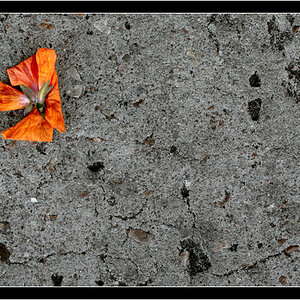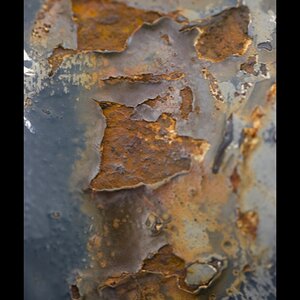Actor
TPF Noob!
- Joined
- Mar 4, 2007
- Messages
- 421
- Reaction score
- 1
- Location
- Ohio
- Can others edit my Photos
- Photos NOT OK to edit
- If going hybrid, i.e., shooting film and then scanning, you will get better results if you shoot reversal instead of negatives because you don't have to invert. I found this idea in a book.
- Cameras that read DX codes will default to ASA 100 if loaded with a cartridge that has no DX coding.
- The Promaster 2500PK and the Vivitar V3800N are the same camera.
- Fuji has ceased production of sheet film.







![[No title]](/data/xfmg/thumbnail/34/34120-9085bc65df236ba03977d33a60b852d3.jpg?1619736290)



![[No title]](/data/xfmg/thumbnail/30/30863-8c53522e4ed851e96cb7411e74b9fe59.jpg?1619734482)

